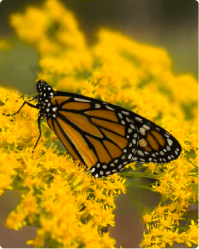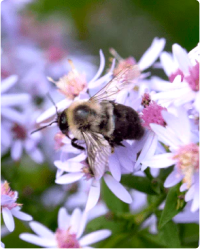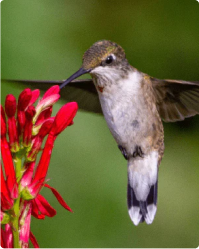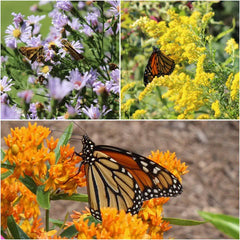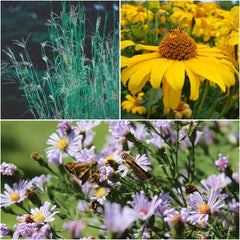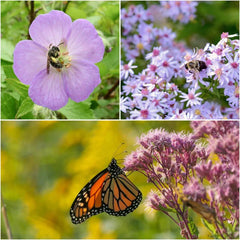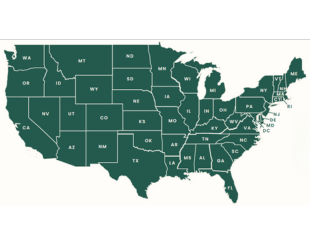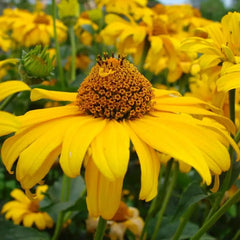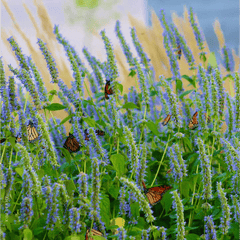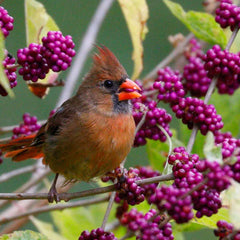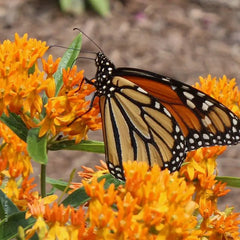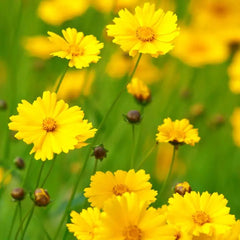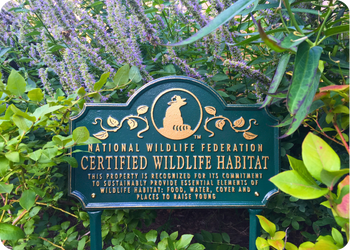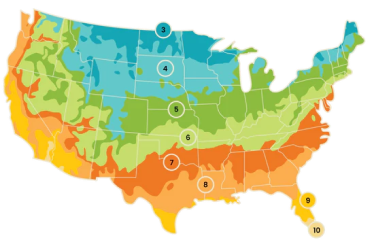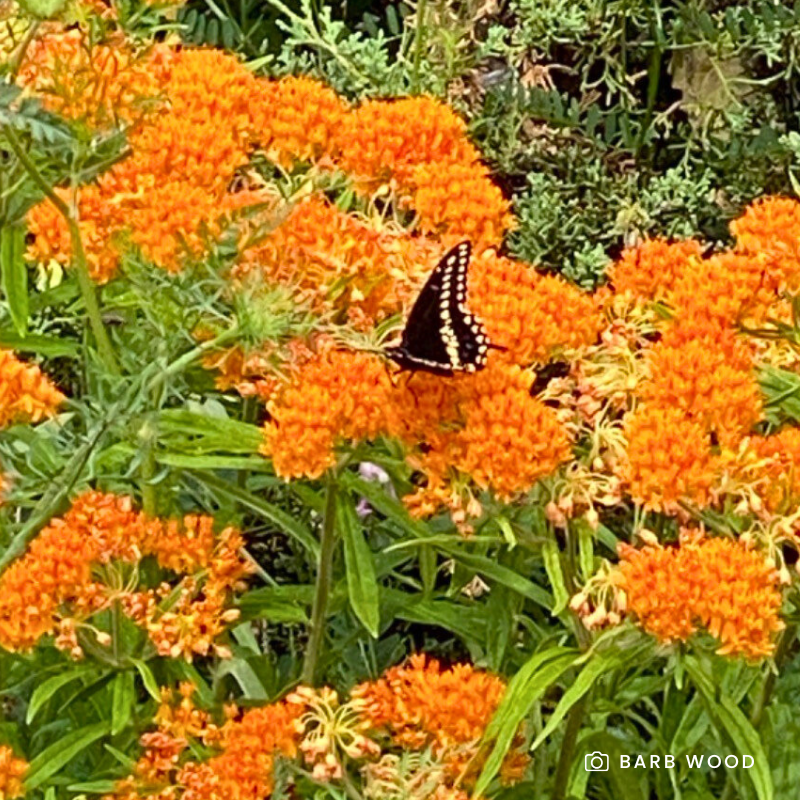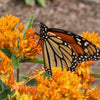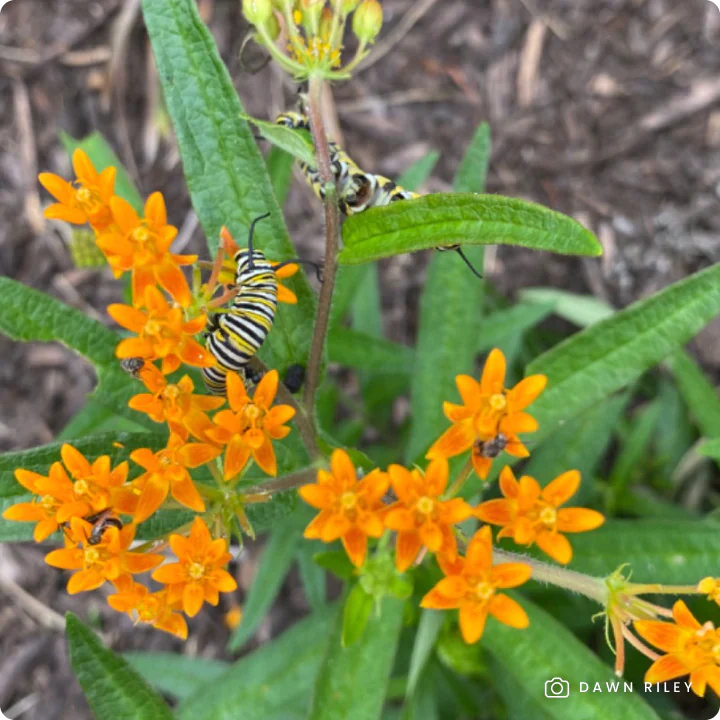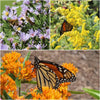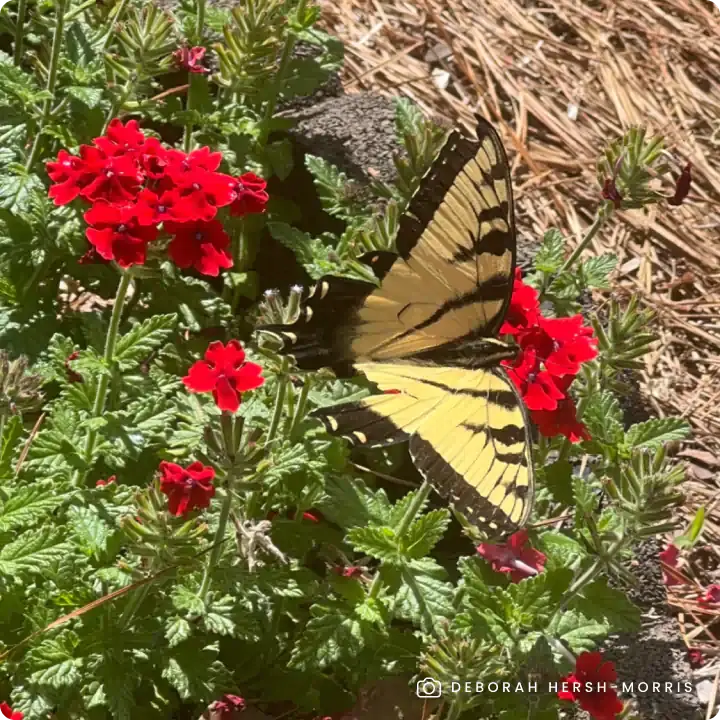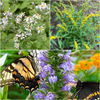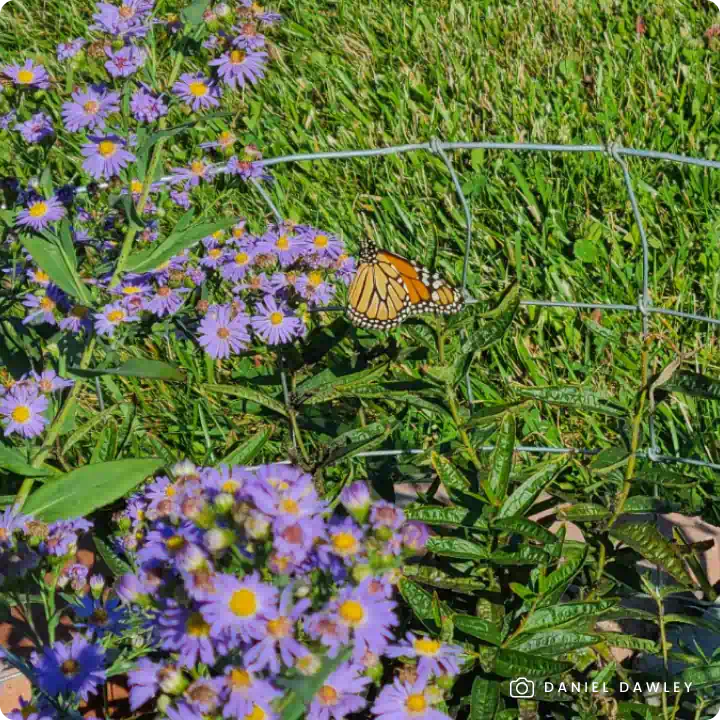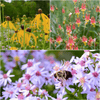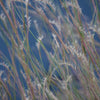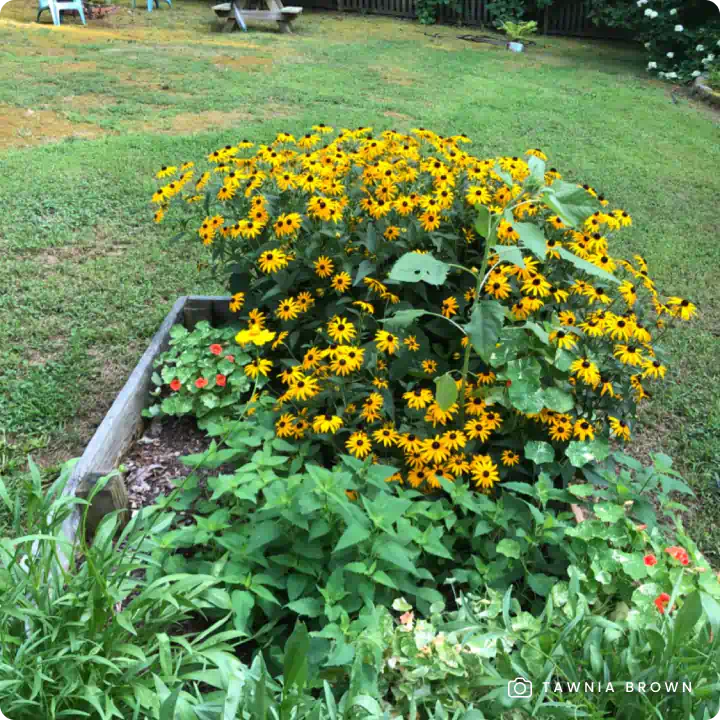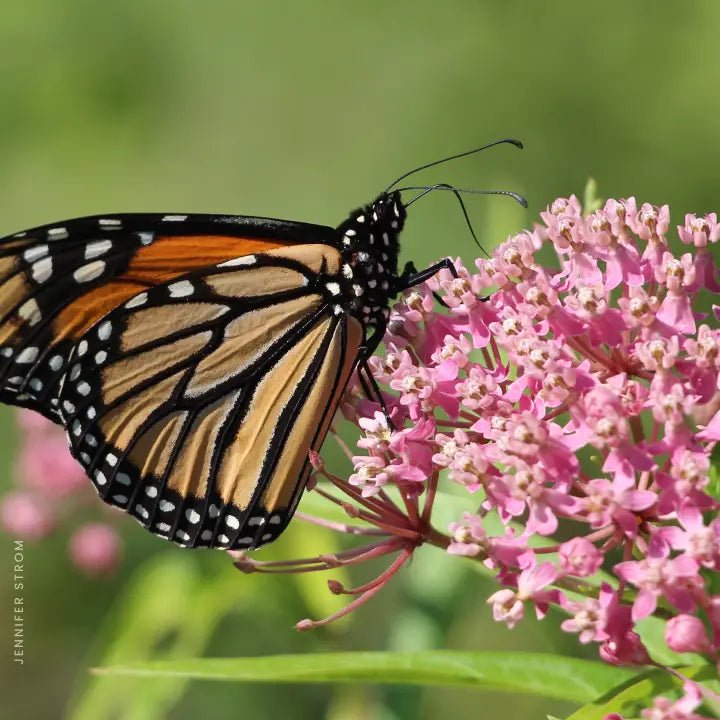Bring vibrant seasonal color and essential wildlife support to your garden with the Black Huckleberry Shrub (Gaylussacia baccata). This much-branched, stiff, colony-forming native shrub typically grows up to 3 ft. tall, but can spread 4-5 ft. wide, making it a good groundcover for thin, rocky woods.
In springtime, this shrub is adorned with small, urn-shaped flowers ranging from pink to red, perfect for native pollinators including honeybees, bumble bees, mason bees, butterflies, and syrphid flies. Following the blooms, plump berries emerge, ripening to a purplish-black or blue-black color around July or later. These sweet, edible berries are a valuable food source, enticing local wildlife such as songbirds and mammals, and can also be enjoyed raw, jellied, or cooked into baked goods.
The small, oval leaves of the Black Huckleberry turn beautiful shades of orange and crimson in the fall, joining the autumnal celebration with a brilliant display of color. Its shallow spreading root system also helps prevent erosion. This shrub is also a larval host to the Henry's Elfin butterfly, and its foliage hosts the caterpillars of several moth species.
Why Grow Black Huckleberry?
- Edible & Wildlife-Friendly Berries: Produces sweet, purplish-black berries that are delicious for humans and a vital food source for songbirds and mammals.
- Vibrant Fall Color: Leaves transform into beautiful hues of orange and crimson, adding seasonal appeal to your landscape.
- Pollinator Support: Spring flowers attract a variety of native pollinators, including bees, butterflies, and syrphid flies.
- Host Plant: Supports the larval stage of the Henry’s Elfin butterfly and several moth species.
- Erosion Control: Its shallow, spreading root system helps to stabilize soil.
- Low-Growing Groundcover: An upright-branching shrub that forms colonies, ideal for thin, rocky woods.
- Pollinator-Safe: Grown non-GMO and free of harmful neonicotinoids, promoting a healthy ecosystem for pollinators and wildlife.
Planting Tips:
- Location: Prefers sun and sandy or rocky soil.
- Watering: Water regularly during the first growing season to establish roots. Once established, it is drought-tolerant.
- Pollination and Fruit-Production: While Black Huckleberry shrubs are self-fertile, planting multiple shrubs can significantly improve fruit production
- Spacing: This is a colony-forming shrub. It can grow to be 4-5 feet wide. Allow enough space for its mature spread when planting.
- Maintenance: Minimal care is required for this hardy shrub.
For more information on planting, view our How to Plant Your Native Plants guide and other planting tips in the Garden for Wildlife Learning Center.
Add Black Huckleberry to your garden for delicious berries, stunning fall foliage, and essential support for pollinators and wildlife!
